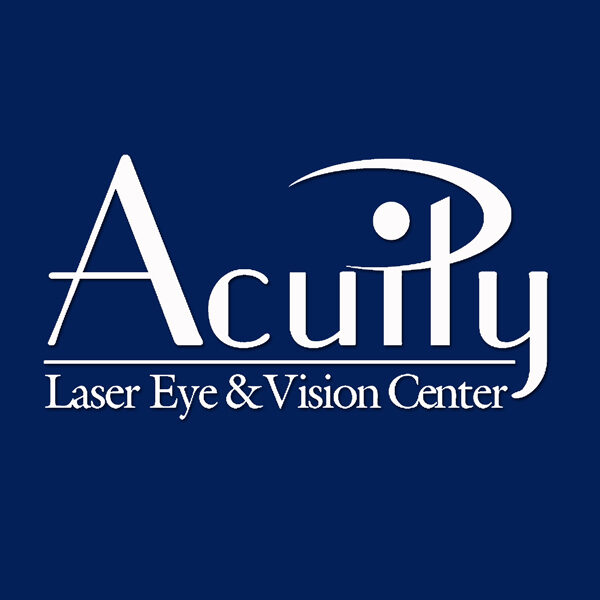What is Wavefront Technology?
Let’s Begin with a Quick Look at How Laser Vision Correction Works:
It’s helpful to look at common vision problems and the solutions that treat them. When you first realize you have a problem with your vision, you take a trip to the eye doctor and get checked for errors in your refraction. This helps determine how light is focused through your eye.
Errors in refraction or refractive errors are the main cause of problems with visual acuity. The most common are called lower-order aberrations. Examples of which are nearsightedness, farsightedness, and astigmatism. They are basically subtle imperfections in the way light passes through from the cornea—through the lens of the eye—to the retina—where the light is focused, which allows the eye to see images properly.
Treating individual refractive errors through glasses, contacts, or laser vision correction are all successful ways of delivering clear vision to people. But the reality is each individual’s eyes also have their own, unique irregularities outside of the lower order aberrations. These can include ghost images, decreased contrast sensitivity in low light, glare, after-images, ghosting, and halos. This is where wavefront technology comes in.
What is Wavefront Technology?
The difference between a standard LASIK procedure and one that is wavefront-optimized is that the former corrects only what your glasses fix, near- or farsightedness and astigmatism. This is around 90% to 95% of the total refractive error you have and are the lower-order aberrations. Wavefront-guided technology allows us to measure the smaller amount of higher-order aberration that’s leftover, using what’s known as a wavefront aberrometer.
This technology measures the higher-order aberrations of the eye—the unique irregularities which affect the finer quality aspects of your vision. It does this by picking multiple spots in the visual pathway and producing a computerized, detailed map showing all the imperfections which exist in the visual system of an individual eye.
This is an important point! Different aberrometers have different capabilities. Some are only able to record data from 60 points, whereas others as many as 1500. Think about the detail a watercolor captures compared to the accuracy of an HD camera. At Acuity, our aberrometer is manufactured by the same company that makes our laser system and measures 1500 individuals points in the visual pathway for the most accurate determination of all the eye’s aberrations, both lower and higher-order.
Today, advances in laser vision technology allow us to take a more holistic approach to vision correction. Now we can not only adjust your eyesight to correct common refractive errors but according to your unique and individual optical irregularities as well. It’s only natural that such advances in technology should be embraced as the new norm rather than offered as expensive or rare add-ons. So make sure you choose Acuity and Dr. Steven Vale to get the best laser vision correction available anywhere at the most affordable prices!

